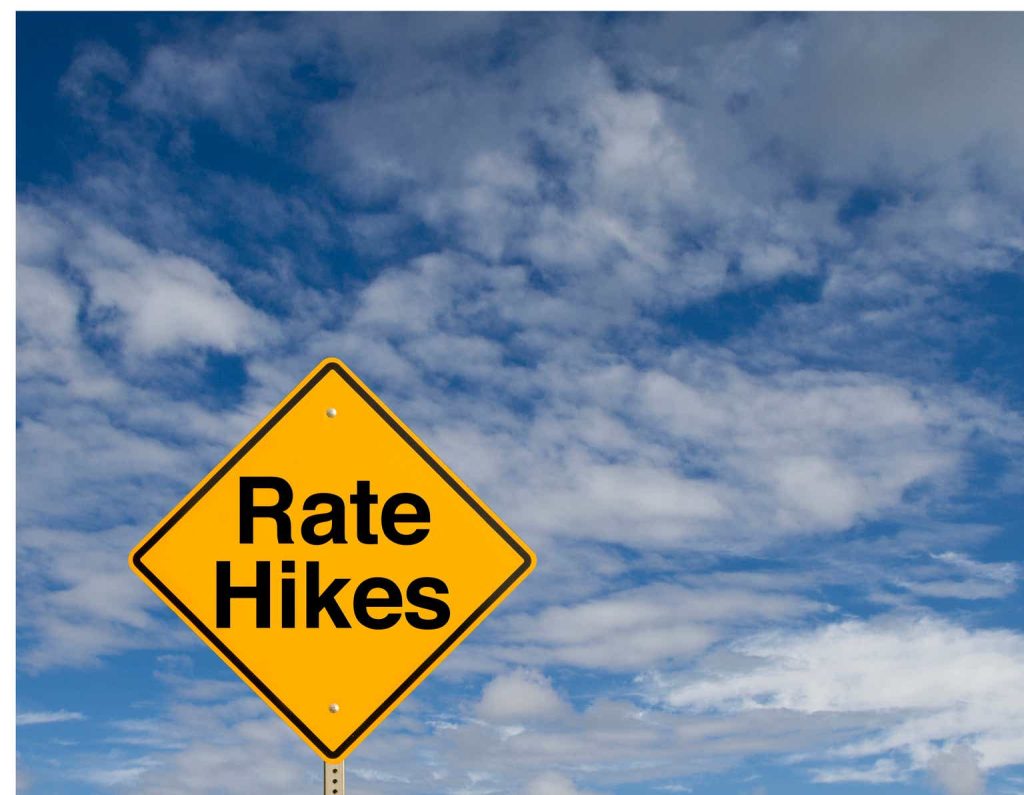The latest employment report points toward further interest rate hikes by the Federal Reserve. Although there is no one-to-one connection between employment and Fed policy, Jerome Powell has emphasized that future decisions will be driven by new data. And no other data matches the importance of employment.
The inflation that the Fed is fighting results from too much stimulus relative to the country’s productive capacity. Whatever transitory elements were in the 2021-22 inflation acceleration have gone away. Now we must confront excessive demand. Rising interest rates will dampen activity-and employment-in the interest rate-sensitive portions of the economy. That will lead to layoffs, lowering demand in the discretionary consumer and business spending categories. That will pull inflation down, albeit at the cost of a recession. (A “soft landing” is possible but highly unlikely.)
The most recent reading of the Fed’s preferred inflation measure, the increase in the personal consumption price index excluding food and energy, was 4.6 percent. The Fed’s target of two percent would get total inflation, including food and energy, to an average of about two percent. (The food and energy components vary a great deal from year to year, but over the long run, they roughly match core inflation.)
Employment grew again in March, according to the latest data. The gain did not match recent months’ increases, but it’s still solid. For perspective, recall that people left the workforce in the pandemic, but now total employment exceeds that of February 2020 by over three million workers. That’s more than the working-age population grew in that time period, so we are putting more of our people to work. (The widely reported labor force participation rate has not quite regained its pre-pandemic level, but that measure includes everyone over 16. With the aging of baby boomers, it’s not a fair comparison.)
The February data on open positions showed a significant decline, though vacant jobs still exceed unemployed people by a large margin. Still, the fall in open positions says that the labor market is moving as the Fed wants it to. Newly revised data on initial claims for unemployment insurance, a good measure of layoffs, also shows the job market softening in the early months of 2023.
Other data that the Fed will be watching include pretty much everything, but three other indicators are watched by economists assessing current conditions. Real (meaning inflation-adjusted) personal income excluding transfer payments was roughly flat in February 2023 following seven months of increases. Industrial production was also flat in February but suffered two monthly declines in the autumn. Real business sales are only available through January when it bounced back from several weak months. Taken as a whole, these coincident indicators show the economy is not yet contracting, though neither is it expanding.
After the last meeting of the Federal Open Market Committee, Chair Jerome Powell said that before Silicon Valley Bank failed, the Fed was thinking about a half-point rise in the Federal Funds rate. They actually increased by only a quarter-point, guessing that bank turmoil would be roughly equivalent to another quarter-point rate hike. It’s too soon for the hard statistics to show harm to the economy from the banking sector, but news stories mostly entail worries about possibilities rather than actual behavior changing on the part of consumers and business managers.
The Fed policy committee will meet again May 2-3. They will probably push the Federal Funds up by a quarter or a half point. That choice will depend on whether bank weakness is spilling over into consumer and business spending decisions. And another rate hike is likely at the June 13-14 meeting.
Employment would have to drop markedly for the Fed to end its tightening program-and even then they wouldn’t cut interest rates for quite some time. The latest employment report is quite far from the weakness that the Fed needs to see to hit the “pause” button on their fight against inflation.
Original Post
Editor’s Note: The summary bullets for this article were chosen by Seeking Alpha editors.
Read the full article here











